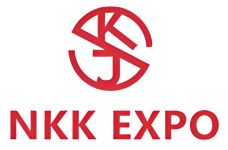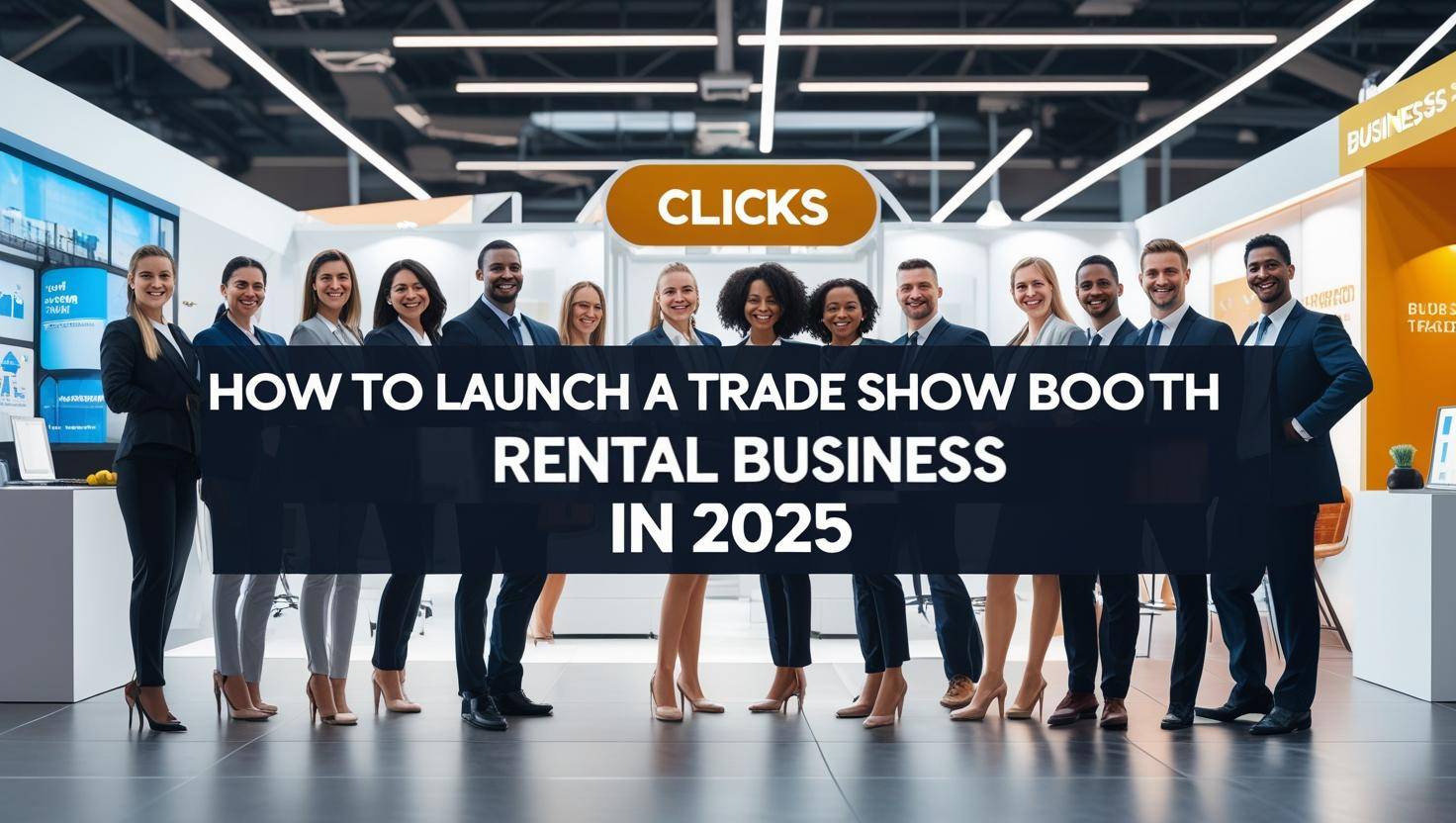Featured Articles
Trade shows offer various opportunities for buyers and sellers from around the
READ FULLWhen we talk about trade shows and exhibitions, your exhibition booth plays a m
READ FULLThe global business landscape has gotten more competitive with the passing of each year, and this
READ FULL

